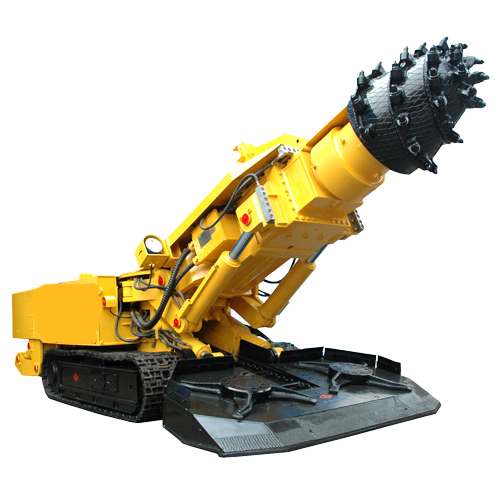skribs
Grandmaster
- Joined
- Nov 14, 2013
- Messages
- 7,503
- Reaction score
- 2,532
Can you elaborate on what you mean here? I agree that the hip throws, sweeps and sacrifice throws are readily available. But, the wrist locks will be next to impossible to get since the hands are together, supporting each other. The elbow locks look inviting... but again, since the hands are together, if there is even a slight bend in his elbows, the elbow locks will be very hard to get. Was there some other direction you were going?
One thing you learn in Hapkido is that if they have 2 arms grabbing you, you simply pick one arm and ignore the other. There will be slight changes in how you approach some techniques (specifically to break their grip), but overall they work pretty much the same. So you have several options:
- Pick an arm, go for a V-lock, and pivot away from the arm.
- Pick an arm, go from the outside. If you can get the elbow lock take it, if not switch to a Figure-4.
- Pick an arm, put your bicep under their elbow, and pull down on their hand with your other hand. If they keep the curl, switch to a sweep.

